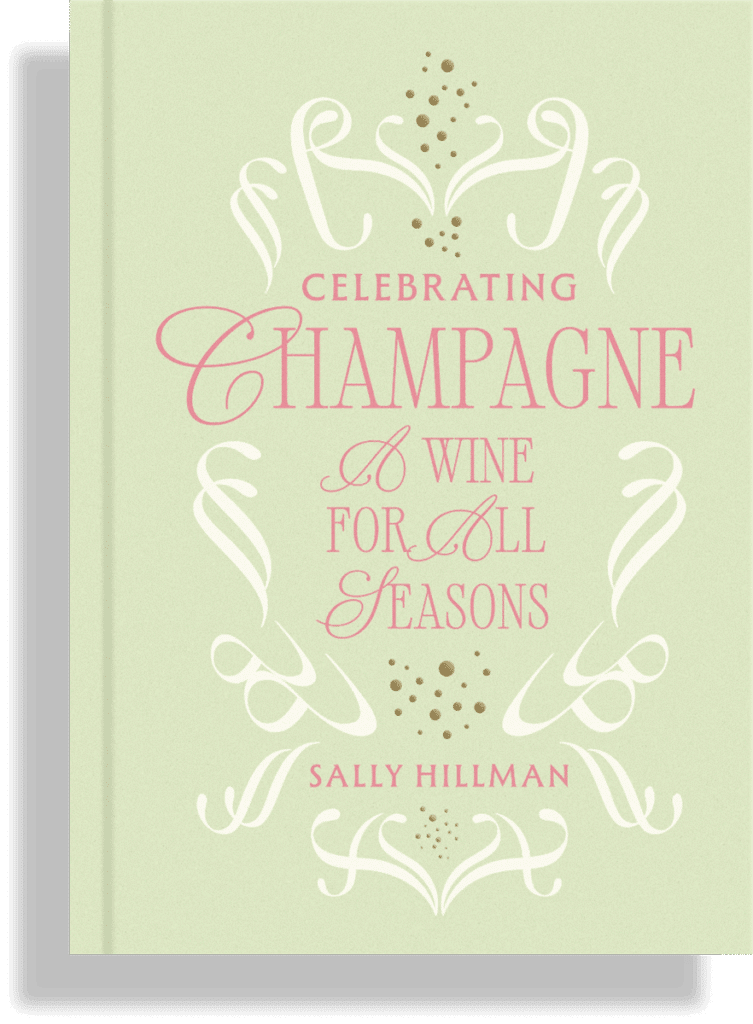Australia’s Most Comprehensive Range of Lehmann Glassware 🥂🍷🍸 Shop Today
Australia’s Most Comprehensive Range of Lehmann Glassware 🥂🍷🍸 Shop Today
The Vallée de la Marne, which is shown on the map in verdant green, features terroirs with cooler climates due to the natural topography of an east-west orientated valley where shade and sun exposure are determined by the time of day. The denser clay-rich soils favour the meunier vines which account for about 70% of all its champagne production. Meunier grapes are a hardy variety, tolerant of the area’s frost-prone conditions and heavy topsoil. The diverse champagnes of the Vallée de la Marne blend a foundation of the hardy meunier with the more temperamental pinot noir. The result is a compelling combination of spice and herbal savoury flavours.
It is one of the largest regions of Champagne and includes the sub-regions of Grande Vallée de la Marne; Rive Droite and Rive Gauche (ie the right bank and left bank of the Marne river); and Côteaux Sud d’Épernay.
The Grande Vallée grapes are dominated by pinot noir (65% of the production), with 19% chardonnay and 16% meunier. The Grande Vallée is the only part of this region that is pinot noir dominant, and is known for its expansive, full-bodied champagnes.
Rive Droite and Rive Gauche both produce wines with ample body and broad, generous flavours. The meunier influence provides a compelling combination of spice and savoury notes including white flowers, herbs, blueberries, earth and meaty notes. Meunier makes up 72% of the plantings, with pinot noir (16%) and chardonnay (12%) playing a much smaller role.

Côteaux Sud d’Epernay is located on the left bank of the Marne river and encompasses the slopes (coteaux) south of (sud de) Épernay, as well as those that surround Épernay itself. These slopes are formed by the streams Le Cubry, Le Darcy and Le Mancy. This subregion has an unusual soil profile, offering it the best of both worlds. On one hand it enjoys the more clay rich soil traditionally found in the Vallée de la Marne, but on the other it has traces of the chalky soil from the neighbouring Côte des Blancs, resulting in a uniquely flavoured champagne. The grape varieties produced here are: meunier (47%), chardonnay (45%) and only 8% pinot noir.
Champagnes from the Vallée de la Marne are produced with grapes grown in vineyards with a multitude of orientations and on soil parcels that are both chalk and limestone, as well as marl (chalky clay). They are big fruity wines due to the clay, but also typically salty, minerally and citrusy because of the chalky limestone. These diverse champagnes are perfectly paired with the fresh flavours of the new season’s produce, such as spring lamb, sweet young asparagus and fresh green peas.
from: $147.00
from: $152.00
from: $125.00
from: $140.00
from: $140.00
$140.00
from: $165.00
from: $364.00
from: $250.00
from: $214.00
from: $150.00
from: $125.00
from: $165.00
from: $250.00
$181.00
from: $95.00
from: $88.00
from: $198.00
from: $155.00
from: $165.00
from: $155.00
from: $215.00
$214.00
from: $129.00
from: $248.00
from: $248.00
from: $248.00
from: $165.00
from: $298.00
from: $120.00
from: $190.00
from: $440.00
from: $152.00
Sally Hillman’s debut book is a sensory celebration of champagne, French culinary culture, and effortless entertaining.
Discover 40+ French-inspired recipes, seasonal champagne pairings, beautifully crafted maps of the Champagne region, and timeless hosting inspiration — all in one refined, accessible guide.
The essential companion and perfect gift for the modern host.
